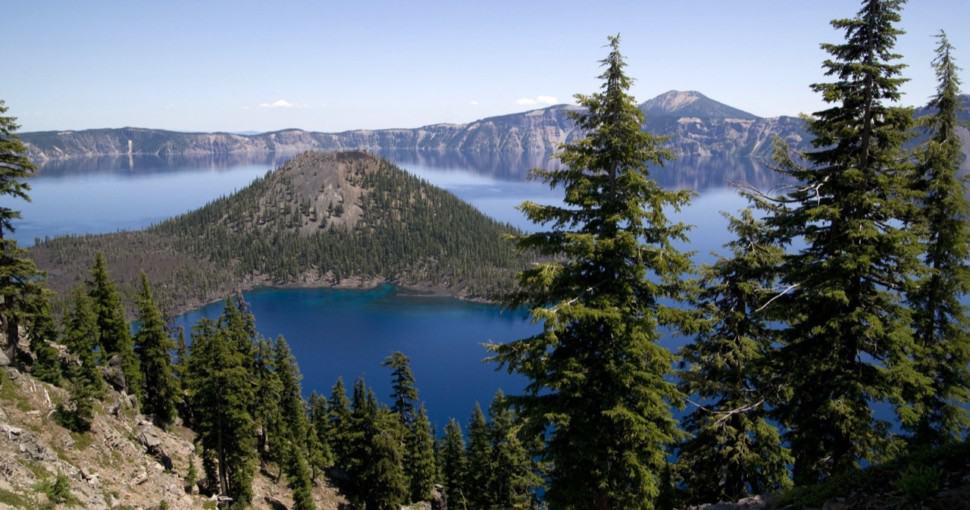With partly rainforest and partly mountainous landscape, Oregon is home to a diverse array of trees, as is typical of a western state. This is further evidenced by the fact that Oregon is one of the top lumber producers in the United States, an industry that dominated the state’s economy throughout the 20th century.
Contents
- 1. Douglas Fir (pseudotsuga menziesii)
- 2. Red Alder (alnus rubra)
- 3. Bigleaf Maple (Acer Macrophyllum)
- 4. Western Larch (larix occidentalis)
- 5. Western Juniper (Juniperus occidentalis)
- 6. Black Cottonwood (populus trichocarpa)
- 7. Ponderosa Pine (pinus ponderosa)
- 8. Pacific Dogwood (cornus nuttallii)
- 9. Oregon White Oak (quercus garryana)
- 10. Oregon Crabapple (malus fusca)
- 11. Sitka Spruce (picea sitchensis)
- 12. Western Hemlock (tsuga heterophylla)
- 13. Western Red Cedar (thuja plicata)
- 14. Quaking Aspen (populus tremuloides)
- 15. Oregon Ash (fraxinus latifolia)
Today, approximately 60% of Oregon’s land surface is covered by forests with the most typical tree species, including Douglas Firs, Redwood, Ponderosa Pine, Hemlock, Maple, and Western Red Cedar.
Moreover, given the variety of landscapes in the state, Oregon experiences large variations in what is usually a particularly mild climate. The western and coastal region of the state experience an Oceanic climate, and very dense and mixed evergreen forests populate this part of Oregon.
The Eastern regions of Oregon are comprised of high desert landscapes, and although they experience snowy winters and dry summers, some of the more mountainous areas of this semi-arid region are wet enough to support extensive forests.
The state of Oregon is also very suitable to grow a variety of fruit trees.
This article will cover the 15 most common trees in Oregon, outlining their main characteristics and the type of environment they thrive in. So let’s get into it!
1. Douglas Fir (pseudotsuga menziesii)
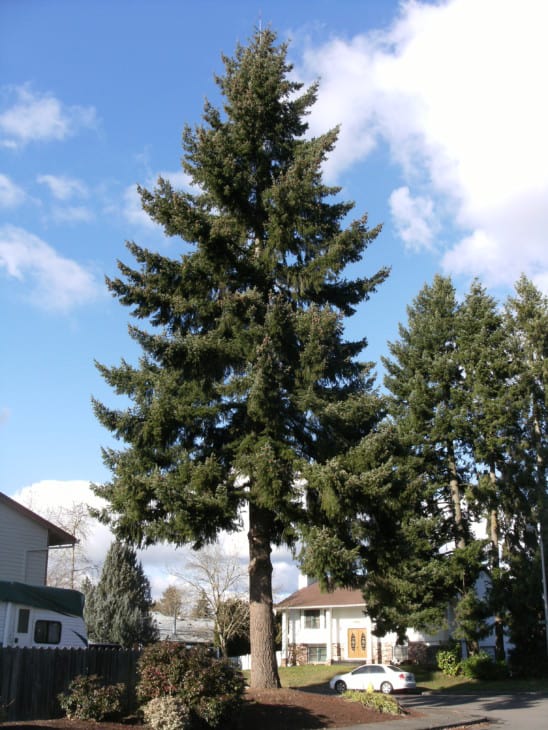
A well-known member of the pine family, Douglas Firs, is an evergreen conifer species indigenous to North America. Douglas Firs are medium-sized trees at 20 – 35 meters tall (that can grow to their maximum heights only in the coastal regions) and up to 8 feet in diameter.
The leaves of this tree comprise soft, flat needles that completely encircle the branches and can be used to identify the species. Lastly, the thickness of the tree’s bark makes it one of the most fire-resistant species of trees in the Pacific North West.
2. Red Alder (alnus rubra)
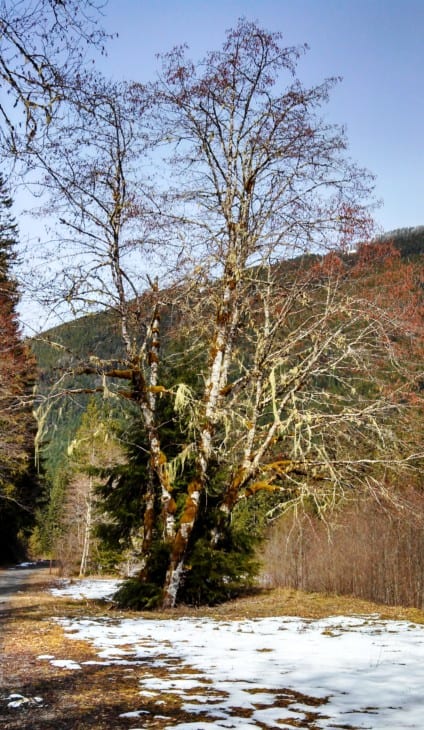
Red Alder is a deciduous broadleaf tree that is the largest species of Alder in North America, where these trees are indigenous. The name Red Alder is derived from the bright or rusty red color seen in a scraped or bruised bark. Moreover, the leaves of the Red Alder are ovate and long, comprising of bluntly serrated edges and a point at the end.
Red Alder grows on cool, moist slopes, growing mainly along the margins of wetlands and watercourses. The tree has traditionally been used for medicinal purposes and to balance Nitrogen levels in the soil.
3. Bigleaf Maple (Acer Macrophyllum)
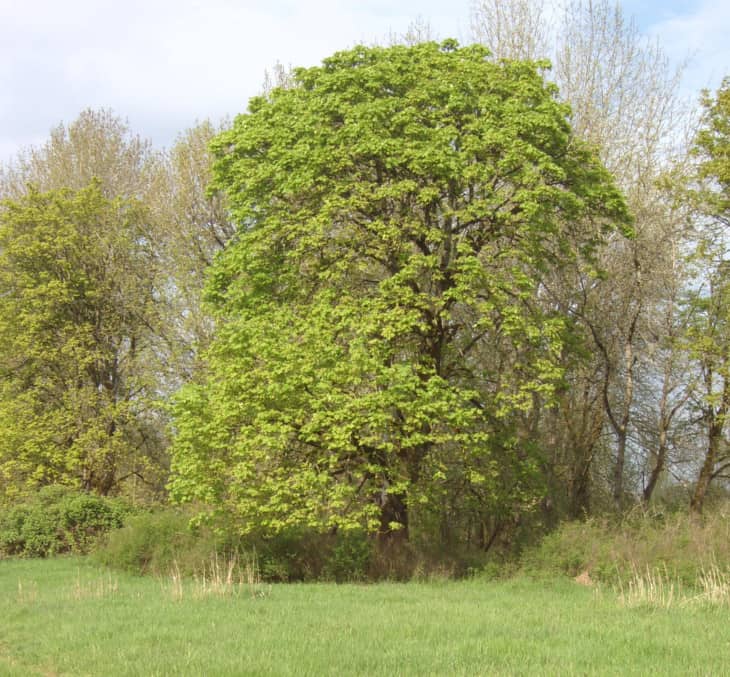
The Bigleaf Maple tree is indigenous to Western North America and has the largest leaves of any Maple species. They grow up to 20 meters tall, and their leaves become yellow and gold in the Fall season.
The fruit sprouted by the Bigleaf Maple is paired winged samara, which squirrels and other animals eat during the winter. Although they are generally found within hardwood forests, Bigleaf Maples can form pure stands close to streams.
4. Western Larch (larix occidentalis)
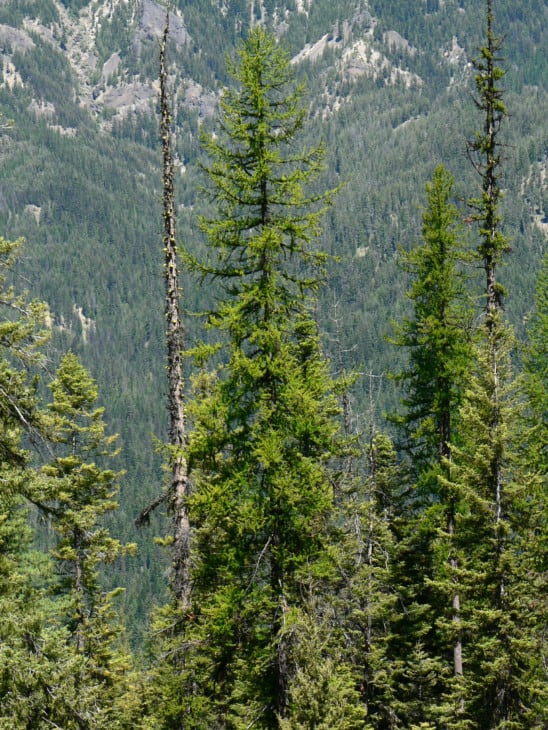
The Western Larch is a large deciduous, coniferous tree that is indigenous to North America. The tree can grow to between 30 and 60 meters in height and 1.5m in diameter. The upswept main braches and swooping side branches are this tree’s well-known characteristics, along with their green, long, and needle-like leaves that turn bright yellow in the Fall.
5. Western Juniper (Juniperus occidentalis)
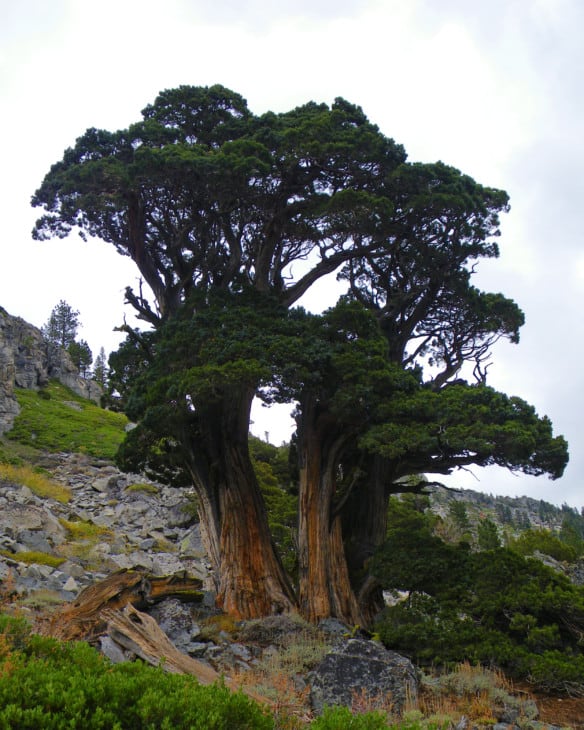
The Western Juniper tree is a shrub that grows in the mountainous altitudes of the Western United States at altitudes of 800 to 3,300 meters. These trees normally grow in dry and rocky areas where they can avoid competition from much larger species of trees.
The leaves of the Western Juniper are scale-like (needle-like in juvenile trees) and grow in decussate whorls of three. These are important food sources for many birds, which digest the fleshy scales and disperse the seeds via their droppings.
6. Black Cottonwood (populus trichocarpa)
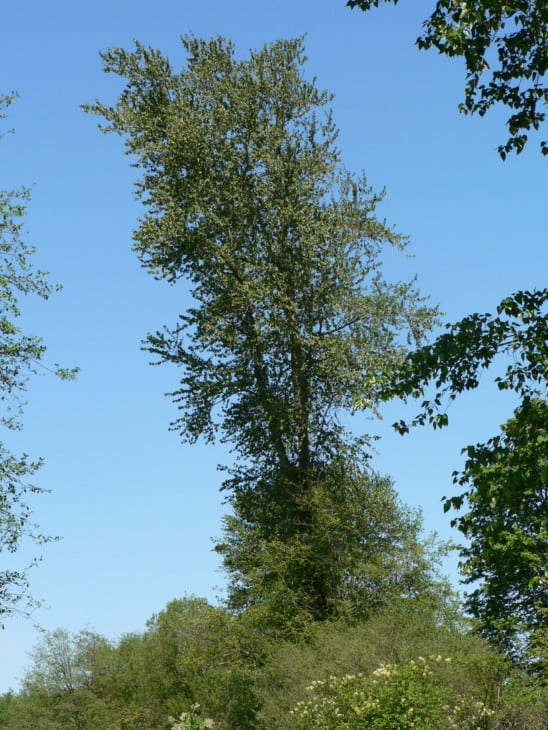
Also known as western balsam-poplar, the Black Cottonwood is a deciduous broadleaf tree species indigenous to the western regions of North America. These are large trees, growing up to heights of between 30 and 50 meters, with trunk diameters well over 6 feet.
This tree grows prevalently in Southeast Alaska, the forested areas of Oregon and Washington, and the mountainous regions of California. Smaller populations exist in North Dakota, Idaho, Montana, Wyoming, Utah, and Nevada.
The bark of the black cottonwood is very hard and grey, while the crown is roughly conical, with only the lowest branches drooping downwards. The leaves are long and have a glossy-green color while the buds are conical and sticky, giving a strong balsam smell in the spring.
7. Ponderosa Pine (pinus ponderosa)
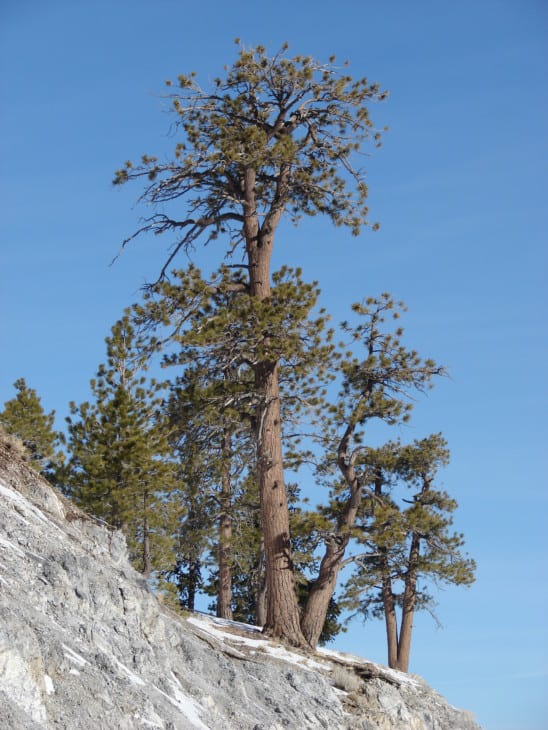
The ponderosa pine is a very large coniferous pine species indigenous to the mountainous regions of western North America. Being highly adaptive, it is the most widely distributed species of pine in America. The yellow to orange-red color of the bark of mature ponderosa pines is a distinguishing quality of this tree.
The ponderosa pine can grow up to 50 to 70 meters in height. The leaves of this tree are comprised of long bright-green and flexible needles, although these have adapted differently depending on geographical location.
The ponderosa pine can be found in large numbers on the banks of the Niobrara River in Nebraska, the Willamette Valley of Oregon, and in the Okanagan Valley and Puget Sound areas of Washington.
8. Pacific Dogwood (cornus nuttallii)
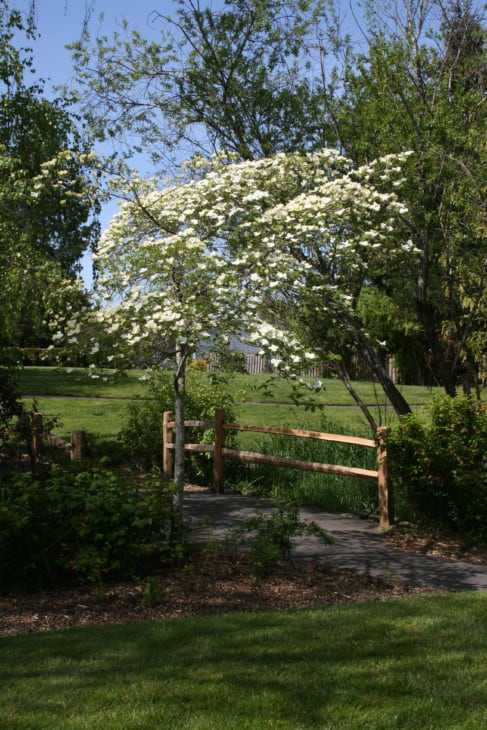
Also native to North America, the Pacific Dogwood is a small to medium-sized deciduous species growing to heights of 6 to 23 meters. Depending on the level of sunlight, the height of the trunk and the canopy’s spread tend to vary.
The branches of the pacific dogwood tree have fine hairs, while the bark is thin and smooth. The tree has simple oval leaves with fine hairs and extremely small flowers.
This species of tree is commonly found in Oregon, although it is also prevalent in California. Moreover, there is an inland species of Pacific Dogwood in central Idaho.
9. Oregon White Oak (quercus garryana)
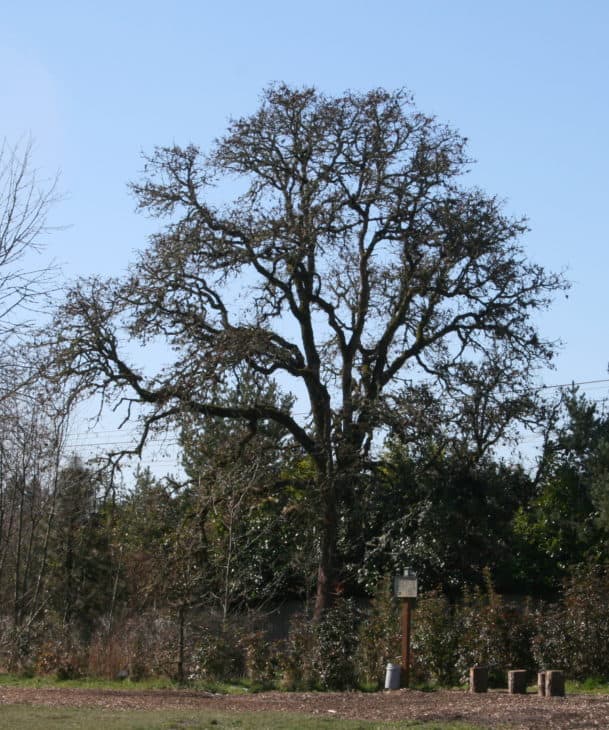
The Oregon White Oak is a species of oak tree indigenous to the Pacific Northwest that has a striking ability to grow at highly varying altitudes. Typically of medium height at around 20 meters, these highly drought-resistant trees have the characteristic oval profile of oaks when solitary, while in groves, the Oregon White Oak tends to form a canopy.
In Oregon, this oak species grows on the west side of the Cascade Range and along the Columbia River. However, it can also be found in California and British Columbia as well.
10. Oregon Crabapple (malus fusca)
The Oregon Crabapple, also known as the Pacific Crabapple, is a tree indigenous to North America that primarily grows in temperate coniferous forests. This is a short deciduous tree that grows to 13 meters in height with leaves up to 10cm long.
The tree has often been used traditionally as a food source and for the medicinal properties of its bark. Today, it is planted in many parks as an ornamental tree and grows prevalently in Alaska and California.
11. Sitka Spruce (picea sitchensis)
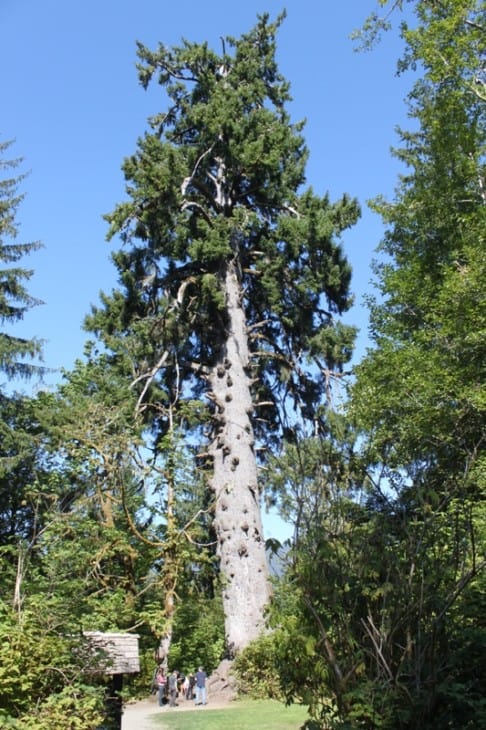
The Sitka Spruce is a very large coniferous evergreen tree that grows to a height of up to 100 meters with a trunk diameter of up to 5 meters. It is one of the largest spruce and conifer trees and gets its name from Sitka in Southeast Alaska, where the Sitka Spruce is highly prevalent.
The Sitka Spruce has a thin and scaly bark made up of flaky circular plates. The needle has tough, sharp, and needle-like leaves which grow up to 3 cm long. North of Oregon, the range of this tree extends along the river floodplains but does not extend beyond 50 miles inland of the Pacific.
12. Western Hemlock (tsuga heterophylla)
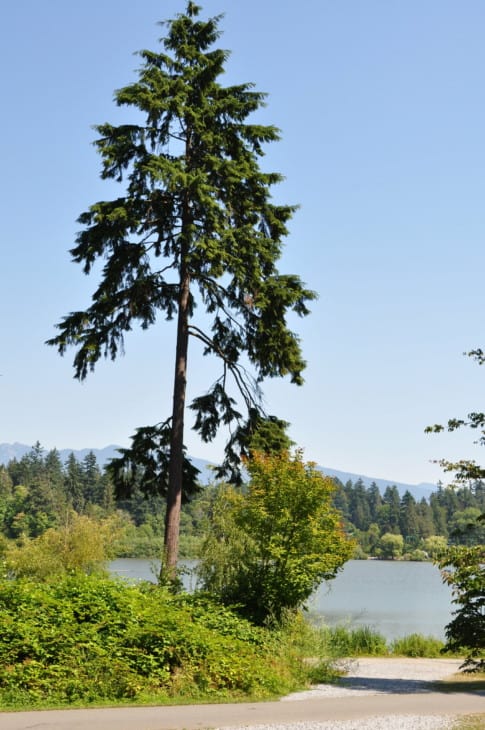
The Western Hemlock is a large coniferous evergreen species of hemlock indigenous to the west coast of North America. This tree is an integral component of the Coast Ranges, being the largest species of hemlock. The Western Hemlock grows to 50 – 70 meters in height with a trunk diameter of 9 meters.
Growing at low altitudes, the range of this tree is within 100km inland of the Pacific Ocean. However, some inland populations grow in western Montana and northern Idaho.
13. Western Red Cedar (thuja plicata)
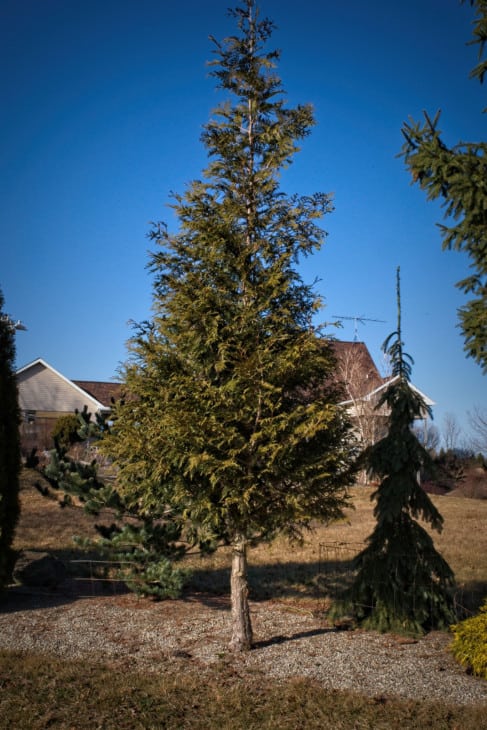
An evergreen coniferous tree as part of the cypress family, the Western Red Cedar, native to Western North America, is interestingly not a true Cedar of the genus Cedrus. Being one of the most widespread trees in the Pacific Northwest, the Western Red Cedar can be found from elevations of sea level up to a maximum of 2,290 meters.
This is a long-living tree, living up to and beyond 1000 years, and grows very large, up to 70 meters in height and 7 meters in diameter. Moreover, the Western Red Cedar is an important year-round food source for ungulates like elk and deer.
14. Quaking Aspen (populus tremuloides)
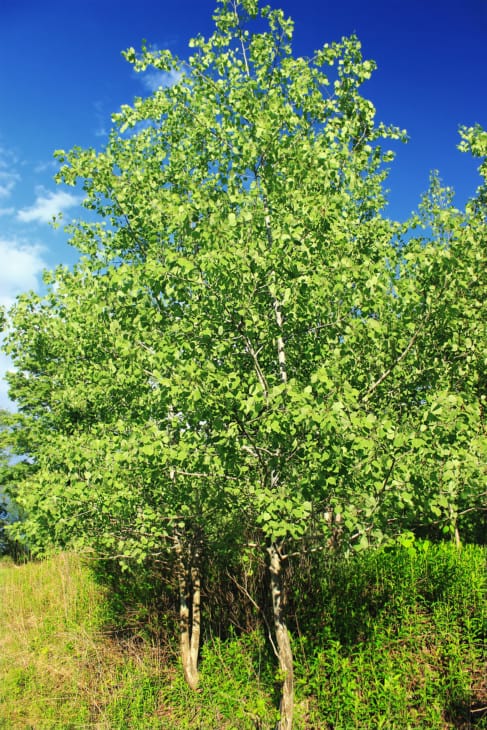
The Quaking Aspen tree is a deciduous species indigenous to many of the cooler areas of North America. The trees usually grow up to 25 meters in height and have smooth, somewhat pale bark. Interestingly, the Quaking Aspen is by far the most widely distributed tree in North America.
This tree can be found as far as the northern foothills of Alaska and the low elevations of Nebraska and Indiana. Quaking Aspen trees tend to grow best at elevations of 5000 to 12,000 feet.
15. Oregon Ash (fraxinus latifolia)
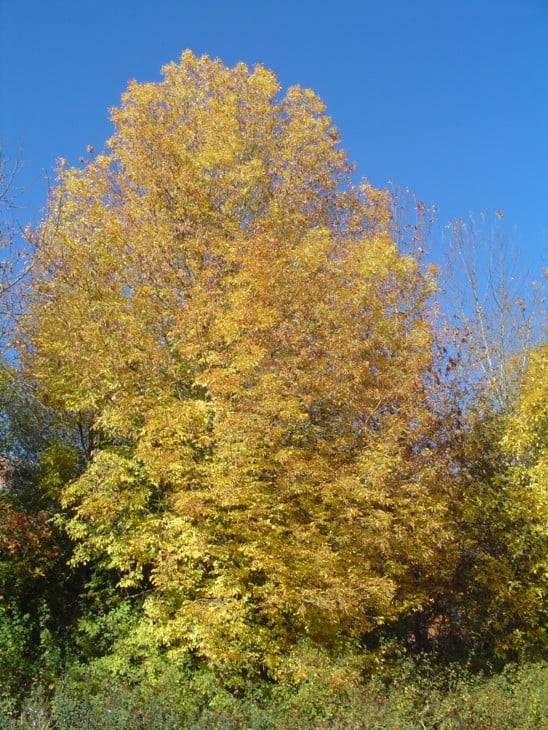
Indigenous to North America, the Oregon Ash is a species of the ash genus and is a medium-sized deciduous tree growing to heights of 25 meters. The average lifespan of this tree is 100 – 150, during which time it can develop a very broad crown.
The Oregon Ash tree is highly prevalent in the western region of the Cascade Range, through western Washington, western Oregon, and northwestern California. This species prefers damp and loose soils and tends to grow best in wet habitats.

